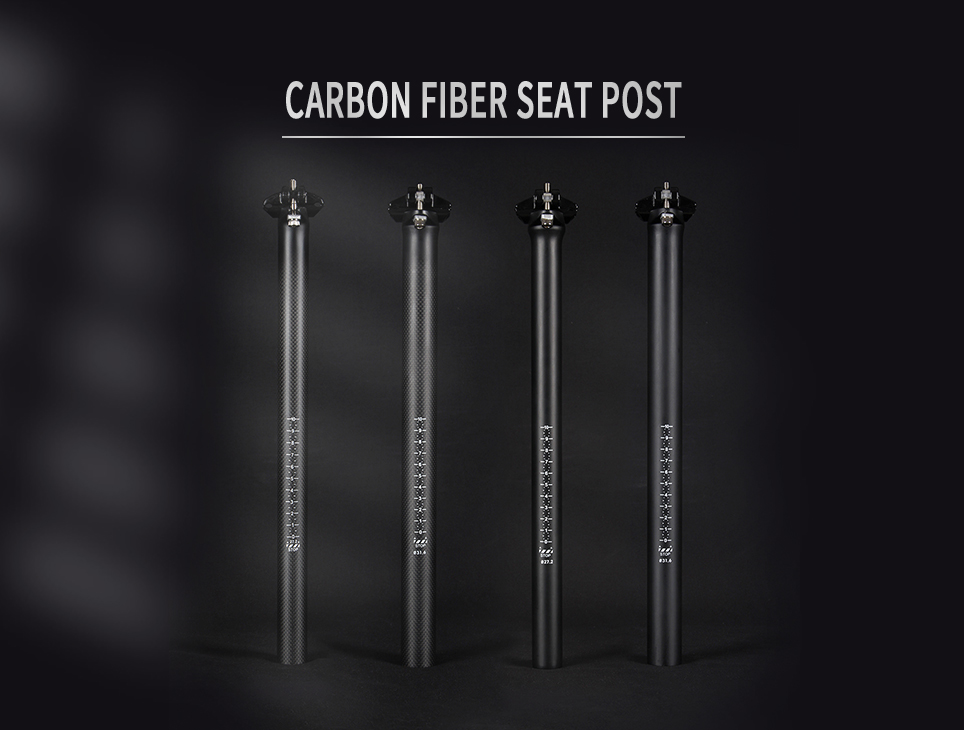
Selecting the right seatpost is a crucial yet often overlooked component in maximizing cycling efficiency. A seatpost not only supports your weight but also plays a significant role in the overall performance of your bike. For those seeking to enhance their cycling efficiency, opting for a lightweight seatpost can make a noticeable difference in speed and comfort. 1. Importance of Seatpost Weight: The weight of your seatpost is integral to the bike's overall weight, affecting acceleration, climbing, and handling. A lighter seatpost reduces the bike's weight, making it easier to handle and more responsive to pedaling inputs. This is particularly beneficial in competitive cycling where every gram counts. 2. Benefits of Carbon Seatposts: Carbon fiber seatposts are the preferred choice for cyclists looking to shave off weight without compromising on strength. Carbon is renowned for its high strength-to-weight ratio, providing durability while being significantly lighter than aluminum or steel. Moreover, carbon seatposts offer enhanced vibration damping, leading to a smoother and more comfortable ride, especially on rough terrains. 3. Choosing the Right Seatpost: When selecting a seatpost, consider your cycling style and needs. If weight savings are your top priority, a carbon seatpost is ideal. Ensure compatibility with your bike’s frame and saddle. The diameter and length of the seatpost must match your bike’s specifications to guarantee a secure fit and optimal performance. For those seeking an excellent example of a lightweight carbon seatpost, the TRIFOXBIKE lightweight straight carbon MTB seatpost SLS21 stands out. It's designed with high-quality carbon fiber, offering substantial weight reduction while maintaining the strength required for mountain biking. This seatpost not only enhances climbing efficiency but also provides better control over technical terrains due to its lightweight nature. 4. Other Factors to Consider: Beyond weight, factors such as adjustability and aesthetics might influence your choice. Some cyclists prefer seatposts with a setback for a more relaxed riding position, while others opt for a straight design for more aggressive riding. Ensure the seatpost aligns with your ergonomic needs and aesthetic preferences. The TRIFOXBIKE SLS21 seatpost combines all the desired features, making it a sound investment for cyclists aiming to improve their ride. Its sleek design and superior performance characteristics make it a top choice for both amateur and professional cyclists. To explore the TRIFOXBIKE lightweight straight carbon MTB seatpost SLS21 and see how it can enhance your cycling efficiency, visit their product page: TRIFOXBIKE Lightweight Straight Carbon MTB Seatpost SLS21. Embrace the advantages of a lightweight seatpost and elevate your ride to a new level of efficiency.
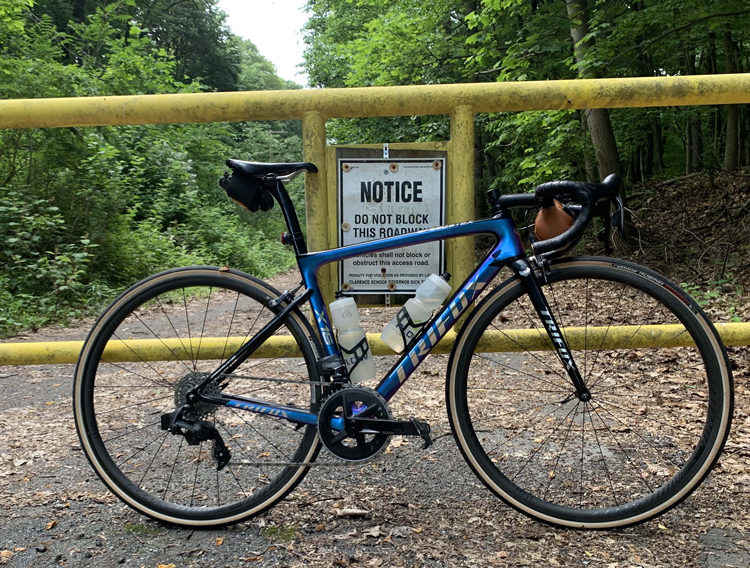
When it comes to enhancing your cycling performance, choosing the perfect road cycle frame is crucial. A well-suited frame can significantly impact your speed, comfort, and efficiency. Here’s how to make the right choice: 1. Frame Material: The material of your cycle frame plays a pivotal role in performance. Carbon fiber is the gold standard for road bikes due to its exceptional strength-to-weight ratio. It offers a lightweight yet stiff structure, which translates to more power transfer and less energy loss during rides. TRIFOXBIKE's carbon road bike frames exemplify these benefits, providing high-performance frames that enhance speed and agility. 2. Geometry: The geometry of a road bike frame affects your riding posture and comfort. If you're aiming for long-distance rides, opt for a more relaxed frame with a higher head tube and shorter top tube. This design reduces strain on your back and neck. For racing or aggressive riding, a frame with a longer top tube and lower head tube offers a more aerodynamic position. 3. Size: Selecting the right size frame is paramount for both comfort and performance. A frame that's too small or large can lead to inefficient pedaling and discomfort. Ensure you measure your inseam and match it against the manufacturer's sizing chart, like those provided by TRIFOXBIKE, to find your ideal frame size. 4. Weight: A lighter frame can make climbing hills easier and improve acceleration. Carbon frames, like those from TRIFOXBIKE, are renowned for their low weight, helping you achieve faster speeds with less effort. 5. Stiffness: A stiff frame enhances power transfer from the pedals to the wheels. This is particularly important for competitive cyclists who need every watt of power to count. Carbon frames are often designed to provide the perfect balance of stiffness and compliance, ensuring comfort without sacrificing performance. 6. Aerodynamics: For those interested in competitive racing, aerodynamics is key. Frames with aerodynamic tube shapes reduce drag, allowing you to cut through the wind more efficiently. TRIFOXBIKE's frames are engineered with aerodynamic considerations, boosting your speed on flat terrains and descents. By focusing on these elements, you can choose a road cycle frame that not only fits your riding style but also enhances your overall performance. For high-quality carbon road bike frames tailored to meet these criteria, check out TRIFOXBIKE's offerings at TRIFOXBIKE Carbon Road Bike Frames. Embrace the advantages of carbon frames and elevate your cycling experience to new heights.
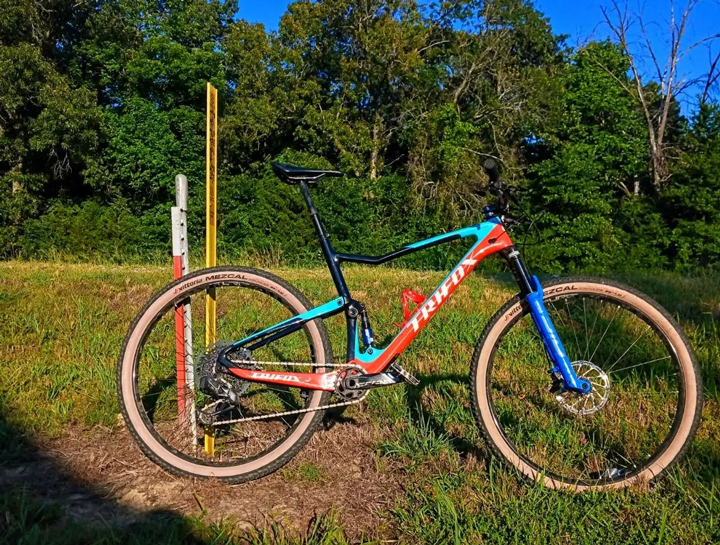
To optimize your cycle suspension for a smoother ride, begin by understanding your bike's suspension setup. Whether you're tackling rough trails or cruising on smoother paths, adjusting your suspension settings is crucial. Start with the sag, which is the amount your suspension compresses under your weight. Adjust the air pressure or spring preload to achieve the recommended sag, usually around 25-30% of your total suspension travel. Regular maintenance of your suspension components is key. Keep the suspension clean and lubricate the seals to prevent dirt build-up, which can lead to wear and performance issues. Check for any signs of oil leaks or damage, and replace parts as needed to maintain optimal function. Choosing the right equipment is also essential. For instance, the TRIFOXBIKE PIONEER offers an exceptional ride with its carbon fiber full suspension frame and SHIMANO M6100 groupset. This setup not only provides superior shock absorption but also enhances performance across various terrains. With its adjustable geometry, the PIONEER allows for fine-tuning to match your riding style and the trails you tackle. For more details, explore the TRIFOXBIKE PIONEER and its advanced features here. Embracing these tips will ensure your bike's suspension is optimized for a ride that's both smooth and exhilarating.
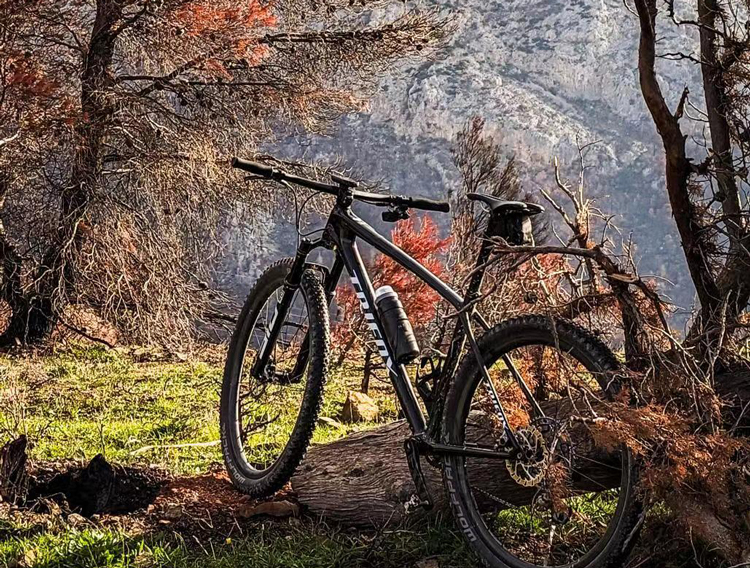
Optimizing your race bike for maximum performance involves making strategic choices about its components and setup. Trifox offers a range of carbon mountain bikes that cater to racers looking for speed, durability, and efficiency. Firstly, selecting the right frame is crucial. Carbon frames like those offered by Trifox significantly reduce weight while maintaining strength, crucial for competitive racing. A lighter bike allows for faster acceleration and easier climbing, giving you an edge over competitors. Wheels also play a vital role in performance. Carbon wheels are not only lighter but also provide better aerodynamics. This can lead to increased speed and reduced effort over long distances. Choosing the right tires based on the terrain is equally important. For rough terrains, consider wider tires that offer better grip, while narrower tires are suitable for smoother tracks, enhancing speed. Adjusting your bike fit is another key aspect. Ensuring your saddle height, handlebar position, and pedal alignment are optimized for your body can improve comfort and efficiency, reducing fatigue during long races. Regular maintenance of components is essential to keep your bike at peak performance. This includes checking the drivetrain for wear, ensuring the brakes are responsive, and keeping the bike clean to prevent the buildup of dirt which can affect operation. By focusing on these elements—choosing the right materials, adjusting for optimal fit, and maintaining your bike—you can enhance your race bike’s performance, ensuring speed, reliability, and a competitive edge on the track.
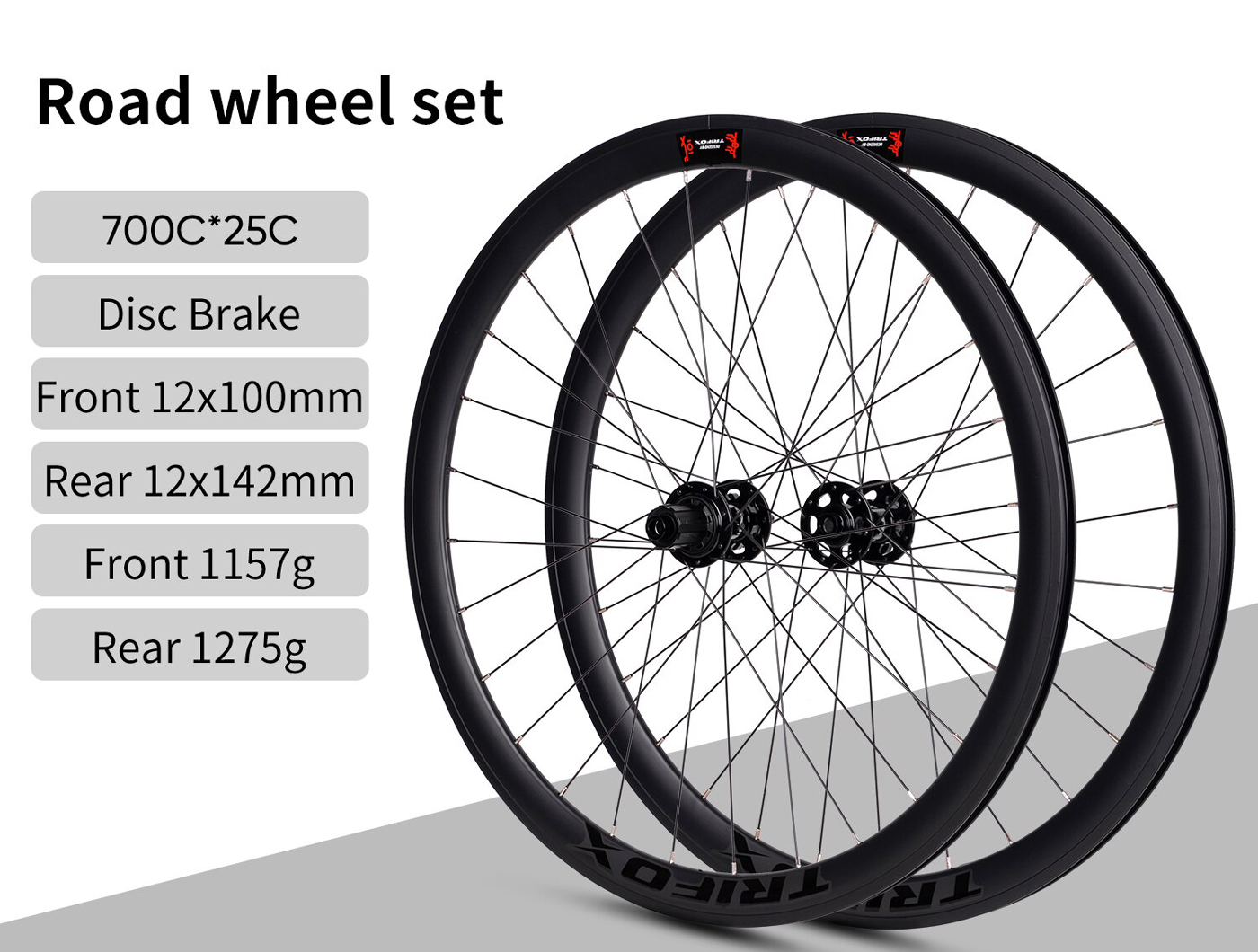
Choosing the right wheelset is crucial for enhancing your cycling experience, and Trifox's carbon road bike wheels offer options tailored to various cycling styles. Whether you're into racing, touring, or commuting, the wheelset you choose can significantly impact your performance and comfort. For racers, lightweight and aerodynamic wheelsets like the Trifox Carbon Road Bike Wheels WT11 are ideal. These wheels reduce drag and enhance speed, crucial for competitive cycling. The carbon construction ensures a light yet strong build, allowing for quick accelerations and efficient climbing. Touring cyclists benefit from wheelsets that balance durability with comfort. The WT17 model, with its robust carbon fiber construction, offers the reliability needed for long distances. Its disc brake compatibility provides superior stopping power in varied conditions, essential for navigating diverse terrains safely. Commuters, on the other hand, might prioritize durability and ease of maintenance. A wheelset like the WT18, compatible with both disc and V brakes, offers versatility and reliability for daily use. Its strength ensures it withstands the rigors of everyday commuting while providing comfortable rides. When selecting a wheelset, consider factors like material, weight, and brake compatibility. Carbon wheels are lighter and more aerodynamic, offering performance benefits but may require more care. Compatibility with your bike's braking system is also essential to ensure seamless integration. Ultimately, understanding how these features align with your cycling style will help you make an informed decision that enhances your riding experience. By choosing a wheelset that complements your needs, you can enjoy better performance, increased comfort, and more enjoyable rides.
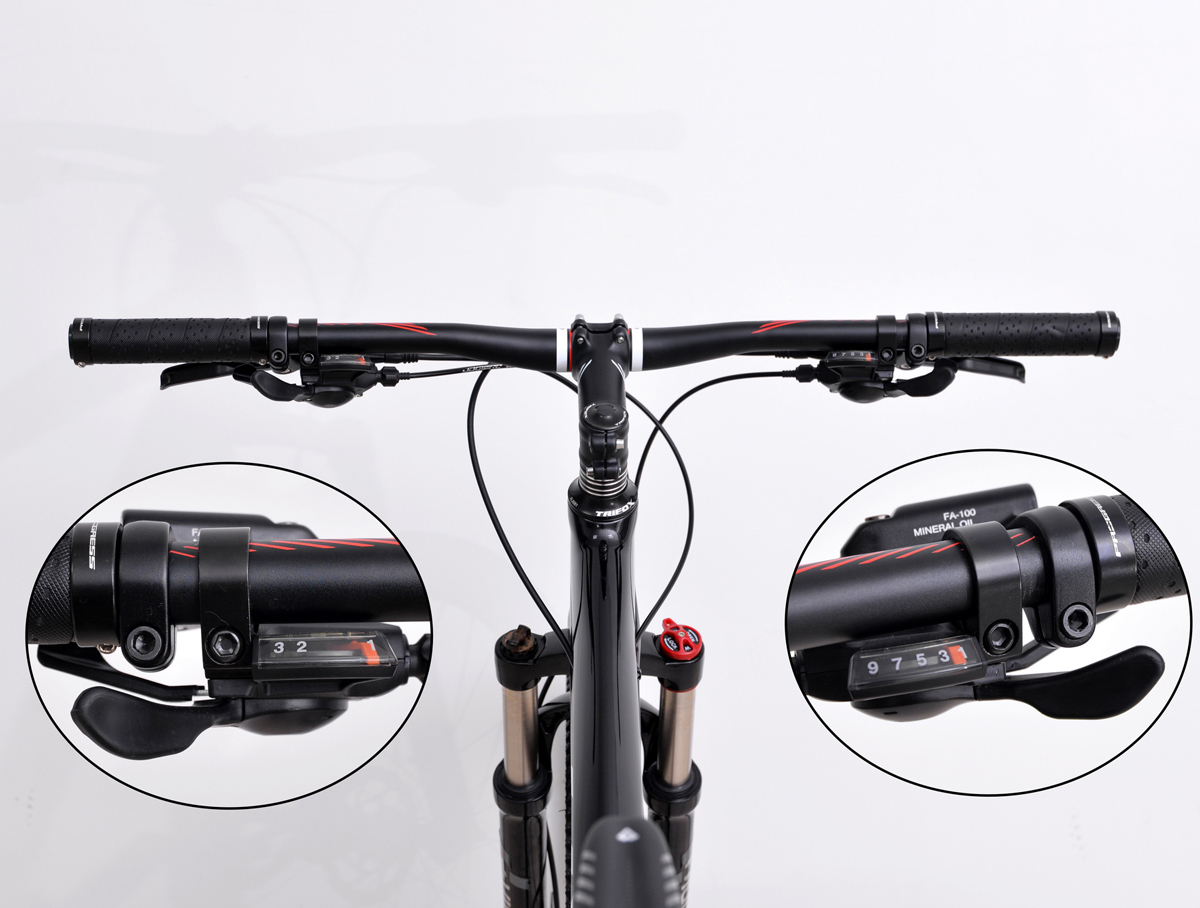
Mastering off-road trails requires more than just skill, it demands the right equipment, particularly handlebars that provide superior grip and control. At Trifox, a tailored selection of mountain bike handlebars ensures that riders can find the perfect match for their off-road adventures. Choosing the right handlebars is crucial for off-road biking. Superior grip is essential for maintaining control on rugged terrains. Trifox offers a variety of handlebar designs, each contributing uniquely to the riding experience. Riser handlebars elevate the hand position, offering more control and comfort on steep descents. This design is ideal for absorbing shocks and providing stability in bumpy conditions. Flat bars, on the other hand, offer a more aggressive riding position, which is beneficial for speed and maneuverability. They allow the rider to maintain a low center of gravity, which is crucial for stability on uneven trails. This design also facilitates better weight distribution, enhancing handling precision. High-quality materials like carbon are pivotal in enhancing performance. Trifox's carbon handlebars are lightweight yet robust, reducing the overall weight of the bike while ensuring durability and flexibility. This combination is essential for tackling rough trails with confidence and ease. Moreover, carbon's vibration-damping properties provide a smoother ride, minimizing hand fatigue and allowing for longer, more comfortable rides. With Trifox’s range, cyclists can choose the handlebars that best suit their style and terrain, ensuring they’re equipped to handle any off-road challenge with superior grip and control. Whether you're tackling steep descents or navigating tight trails, the right handlebars are key to mastering off-road biking.
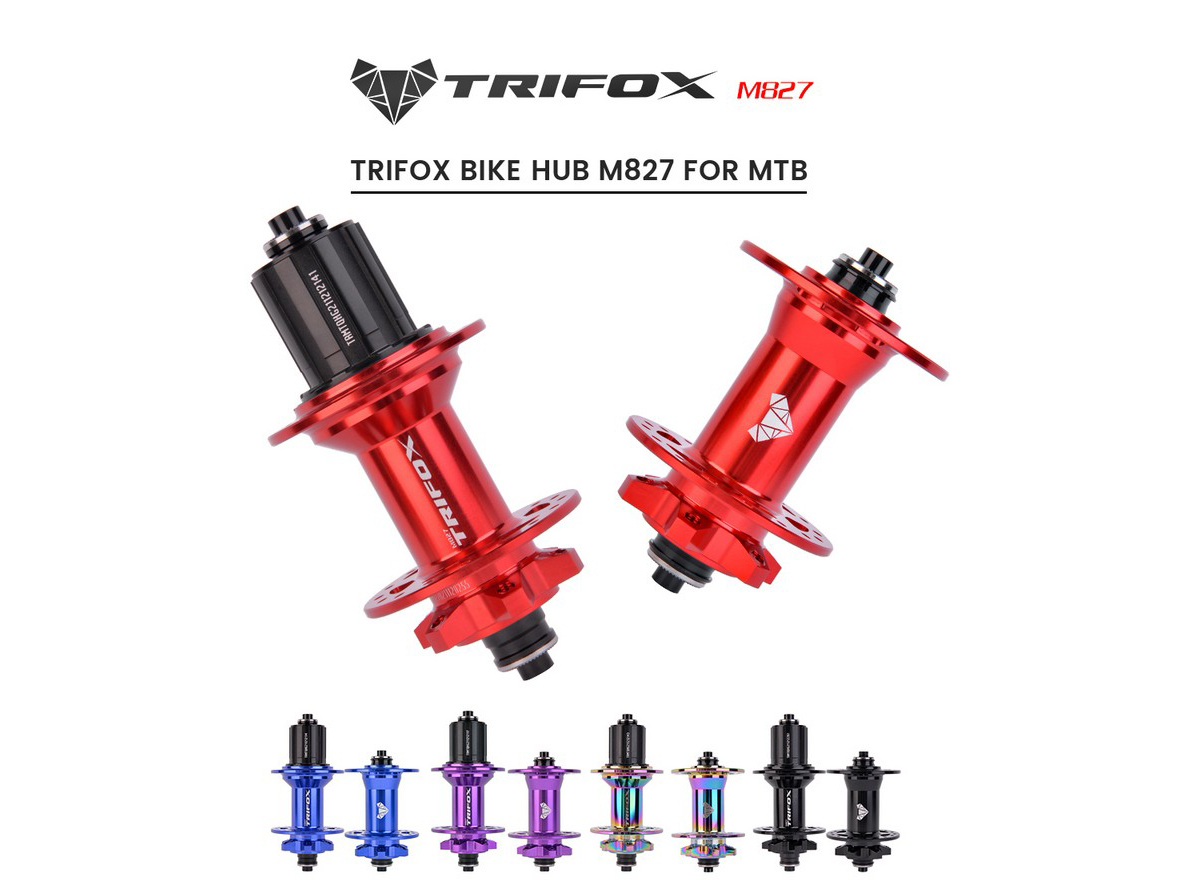
Enhancing your bike's performance can often be as simple as upgrading to straight spokes hubs, a choice that significantly impacts your cycling experience. Trifox's range of bicycle hubs offers the perfect blend of durability and performance, ideal for those looking to replace or upgrade their current setup. Straight spokes hubs are a popular choice among cyclists for several reasons. Firstly, they provide improved wheel strength. Unlike traditional J-bend spokes, straight spokes experience less stress and are less likely to break under pressure, ensuring more resilience and a longer lifespan for your wheels. This design enhances the overall robustness of the wheel, making it suitable for both road and off-road cycling. Another advantage is the improved aerodynamics offered by straight spokes hubs. With fewer protruding elements, these hubs reduce air resistance, allowing for smoother and faster rides. This is particularly beneficial for competitive cyclists aiming to shave seconds off their time. Maintenance is also easier with straight spokes hubs. Their simple design reduces the need for frequent adjustments and repairs, allowing you more time on the road and less in the workshop. Trifox's hubs, made from durable aluminum, are compatible with most standard bikes, making them a versatile choice for various cycling styles. Choosing the right hub is crucial for maximizing performance. Consider factors such as the type of cycling you engage in and the compatibility of the hub with your bike. By selecting the appropriate hub, you can ensure a seamless fit and optimal performance tailored to your specific needs. Overall, upgrading to straight spokes hubs is a smart investment in your cycling experience, offering enhanced strength, better aerodynamics, and reduced maintenance, all contributing to a more enjoyable and efficient ride.
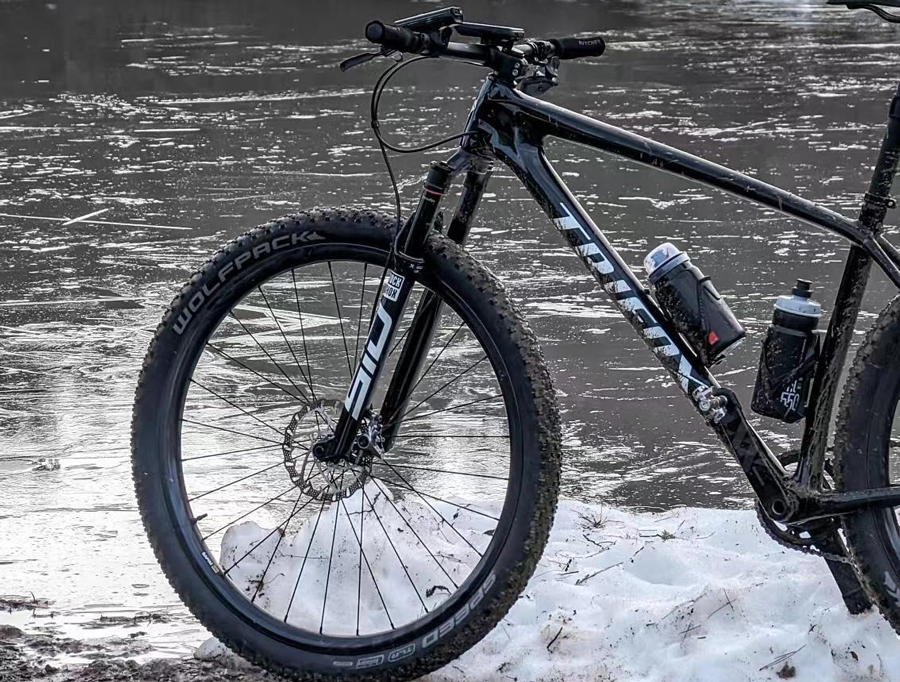
Upgrading to a lightness frame can be a game-changer for cyclists aiming to enhance their performance. The Ultra Light 29er Carbon Hardtail MTB Frame SDY20 by Trifox is a prime example of how a lightweight frame can elevate your riding experience. One of the standout features of the SDY20 is its construction using T1000 carbon fiber, renowned for its strength-to-weight ratio. This material ensures the frame is both robust and remarkably light, with weights starting at just 930g. Such a reduction in weight not only boosts speed but also enhances maneuverability, making climbs and sprints more efficient. The frame’s internal cable routing is another feature that contributes to a superior cycling experience. This design not only offers a sleek aesthetic but also reduces wind resistance and protects cables from external elements, ensuring consistent performance and easier maintenance. Additionally, the frame's compatibility with tires up to 29" x 2.4" allows for smoother rides over rough terrains, absorbing shocks and providing better traction. This adaptability means cyclists can tackle a variety of landscapes with confidence. The SDY20 also features a Boost 148mm rear axle for increased stiffness, which enhances handling and stability, especially during sharp turns or high-speed descents. Whether you’re navigating rocky trails or cruising on smoother paths, this frame’s geometry is optimized for comfort and performance. Incorporating these advanced features, the SDY20 frame ensures that cyclists not only ride faster but also experience improved control and reduced fatigue, making it an excellent choice for those looking to enhance their cycling performance.

A stylish bike frame does more than just turn heads; it can significantly enhance both the aesthetic and functional aspects of your ride. When you invest in a frame that looks great and performs well, you not only elevate the visual appeal of your bike but also enjoy a superior cycling experience. Here's how a stylish frame can make a difference in both your bike's look and your ride. First and foremost, the design of a bike frame plays a crucial role in aerodynamics. A well-designed frame reduces air resistance, allowing for smoother and faster rides. The sleek lines and innovative shapes commonly found in stylish frames are not just for show—they are engineered to cut through the wind with minimal drag. This aerodynamic advantage can translate into improved speed and efficiency, which is particularly beneficial for competitive cyclists or anyone looking to enhance their performance on the road. Weight is another critical factor where frame design makes a significant impact. Stylish frames, especially those made from carbon fiber, are typically lighter than their traditional counterparts. Carbon fiber offers a high strength-to-weight ratio, meaning you get a robust frame that doesn't weigh you down. This weight reduction is crucial for climbing hills and accelerating quickly, making every ride more enjoyable and less strenuous. Handling is also improved with a well-designed frame. A stylish frame often incorporates geometry that enhances stability and control, allowing for more precise maneuvering. Whether you're navigating tight corners or descending at high speeds, the right frame design can provide the confidence and control needed to tackle various terrains with ease. Trifox Bike's carbon frames perfectly exemplify how style and functionality can coexist. Their frames are not only visually appealing but are also crafted with the latest technology to ensure top-tier performance. Carbon frames from Trifox are designed to not only catch the eye but also optimize aerodynamics, weight, and handling. This combination of style and substance makes them an excellent choice for cyclists looking to upgrade their rides. One of the standout features of Trifox's carbon frames is their lightweight construction. These frames are meticulously engineered to reduce weight without sacrificing strength, making them ideal for both long-distance rides and quick sprints. Additionally, the frames' sleek and modern design enhances aerodynamics, helping riders maintain higher speeds with less effort. Moreover, Trifox frames incorporate advanced carbon layup techniques to improve stiffness and responsiveness. This ensures that every pedal stroke is efficiently transferred into forward motion, providing a dynamic and exhilarating riding experience. The durability of these frames also means that they can withstand the rigors of different cycling environments, from smooth city streets to rugged trails. For those interested in combining style with performance, Trifox Bike offers a range of carbon frames that cater to various cycling needs. Whether you're a road cyclist, a mountain biker, or someone who enjoys leisurely rides, Trifox has a stylish frame that can enhance your cycling experience. Explore Trifox Bike's selection of carbon frames at the official store to find the perfect blend of aesthetics and performance for your bike. Investing in a stylish frame not only improves the look of your bike but also elevates your ride to new levels of enjoyment and efficiency. With the right frame, your bike becomes an extension of your personality and your passion for cycling, ensuring that you ride in style and comfort.

















